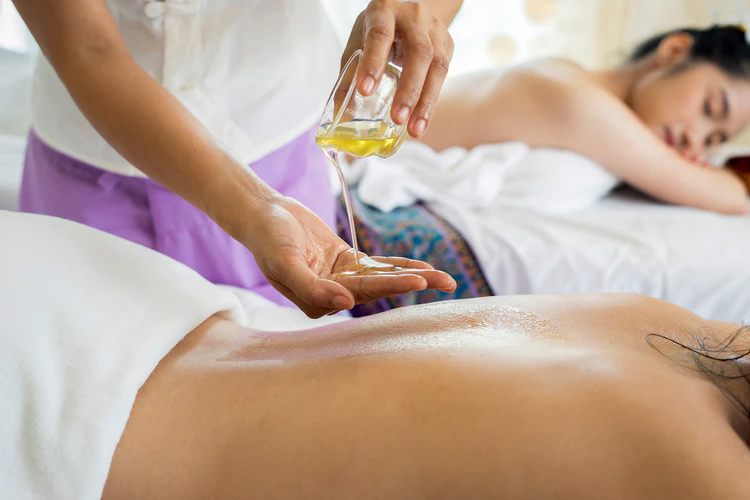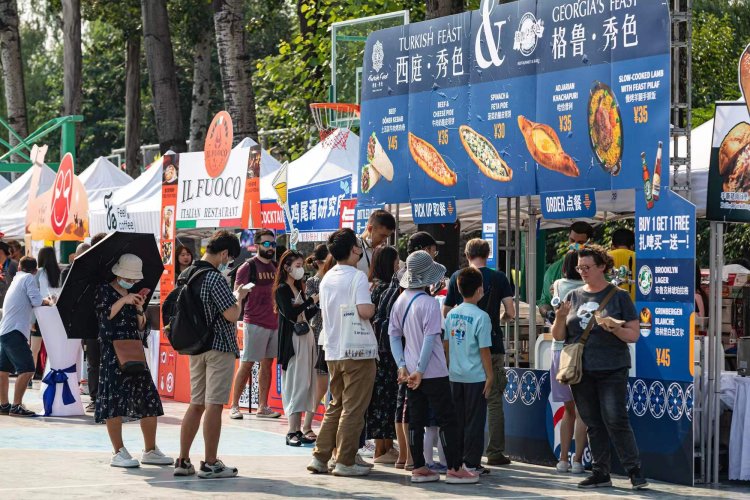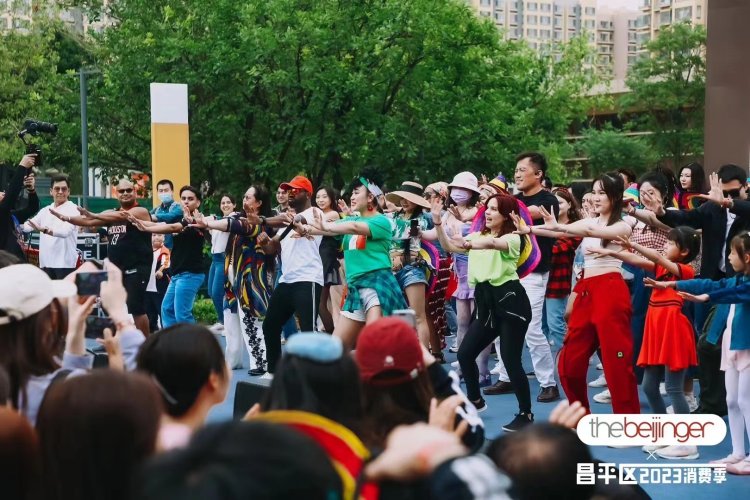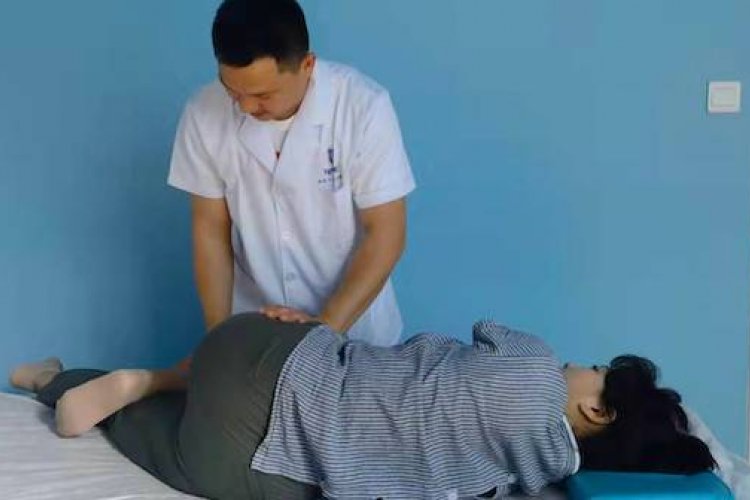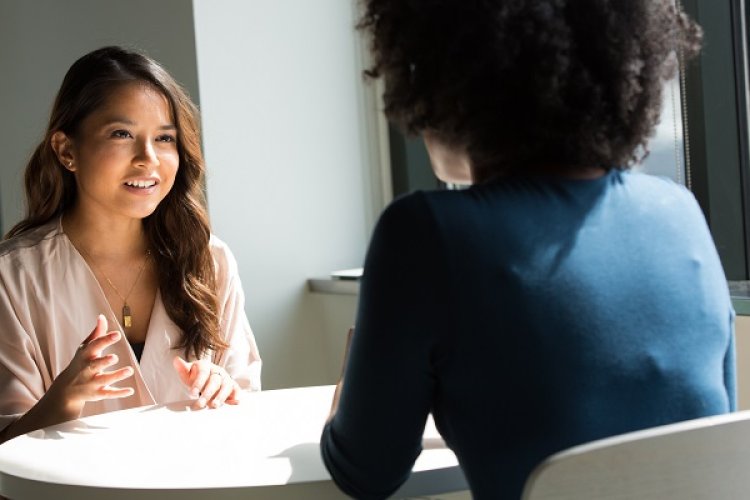There’s the Rub: The Tuina Guide to Life
For the December issue of the Beijinger, we sent our editors out to try their hand at traditional Chinese crafts. An excerpt of their experiences was featured in the magazine. The following is the full version of their story.
For a moment, I worried I might regret signing up for tuina massage. (And no, it's not pronounced "tuna"). Would it leave me feeling empty-handed when everyone else was showing off their carved eggs and Peking opera masks? Then, I took one two-hour session, and realized I pretty much made out like a bandit on this one. Not only did I get free massages during class, but I left feeling strangely equipped to take on the world.
First, tuina is all about pressure points. Starting with those on the head, the teacher – a slim, quiet woman with incredibly strong hands – reminded us to look for the little pits in the skull. Little pits?! This sounded mildly disturbing yet fascinating. Sure enough, my fingers nestled into tiny divots each time I located one of the pressure points. Once I hit them, I felt the soreness and numbness I've usually attributed to a masseuse trying to punish me for making her rub my face. Turns out she's just trying to "release pressure" and "relieve stress."
This continued on our necks and arms, and I made a mental catalogue of each point's uses. This one on my wrist calms nausea – good for enduring whiffs of gutter. That one on the opposite side of the arm helps with chills – use before heat comes on. This one here on the hand is extremely painful – remember it next time bargaining gets physical.
Besides pressure points, we also learned a series of "manipulations," or "ways to use your hands to treat muscles like blobs of dough." "Grasping," in which we use our thumbs opposite our four fingers to grab a muscle and gently lift it from the bone, is my favorite.
The more I practiced these techniques, the more interesting they became. For one, I started to notice the difference between people with really loose tissue (grasping was very easy) and those with more tense muscles or tendons (grasping not so easy). I also became more attuned to finding the strange little nooks where tendon meets bone, then locating a pressure point from there. This is much harder to do on a thicker person than on a thinner one. (Men, you usually fall in the "thicker" category.) I've always suspected that massaging someone is hard work, but now I know just how cramped and tired my hands can get if I'm not consciously using my whole body to apply pressure, instead of just my arms.
Best of all, I've learned how easy it is to curry favor using a simple neck and shoulder massage. Take that, paper-cutting.
Price and venue: RMB 300/two-hour session, China Culture Center
The rewards of persevering: Eight sessions gets you familiar enough with major acupressure points and technique to safely and effectively treat yourself and family and friends at home. Becoming a professional would take 4-5 years of study through a Traditional Chinese Medicine institute.
Click here to see the December issue of the Beijinger in full.
Photos: Judy Zhou

